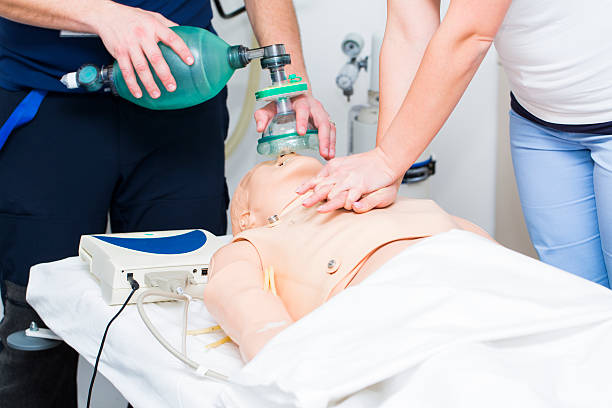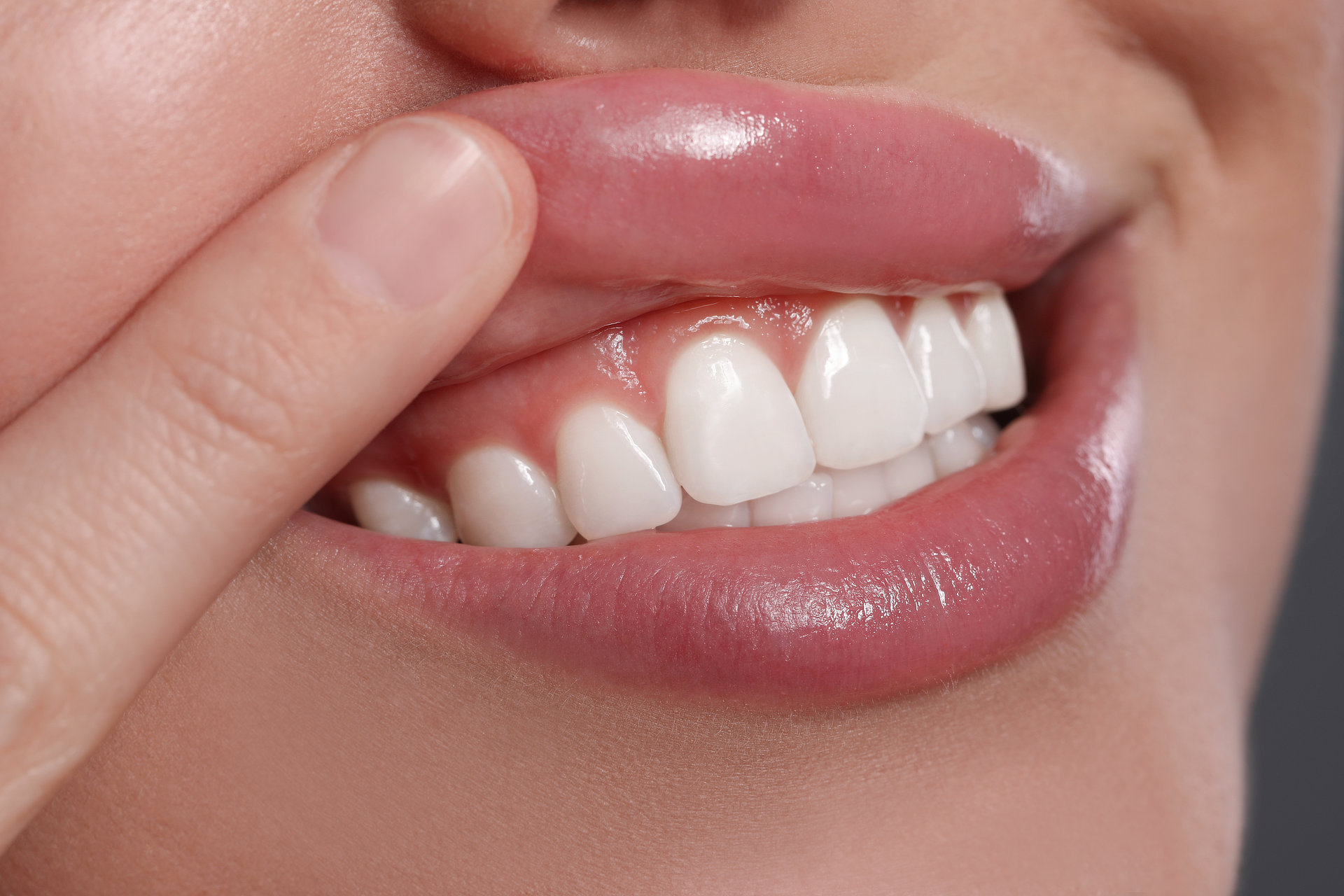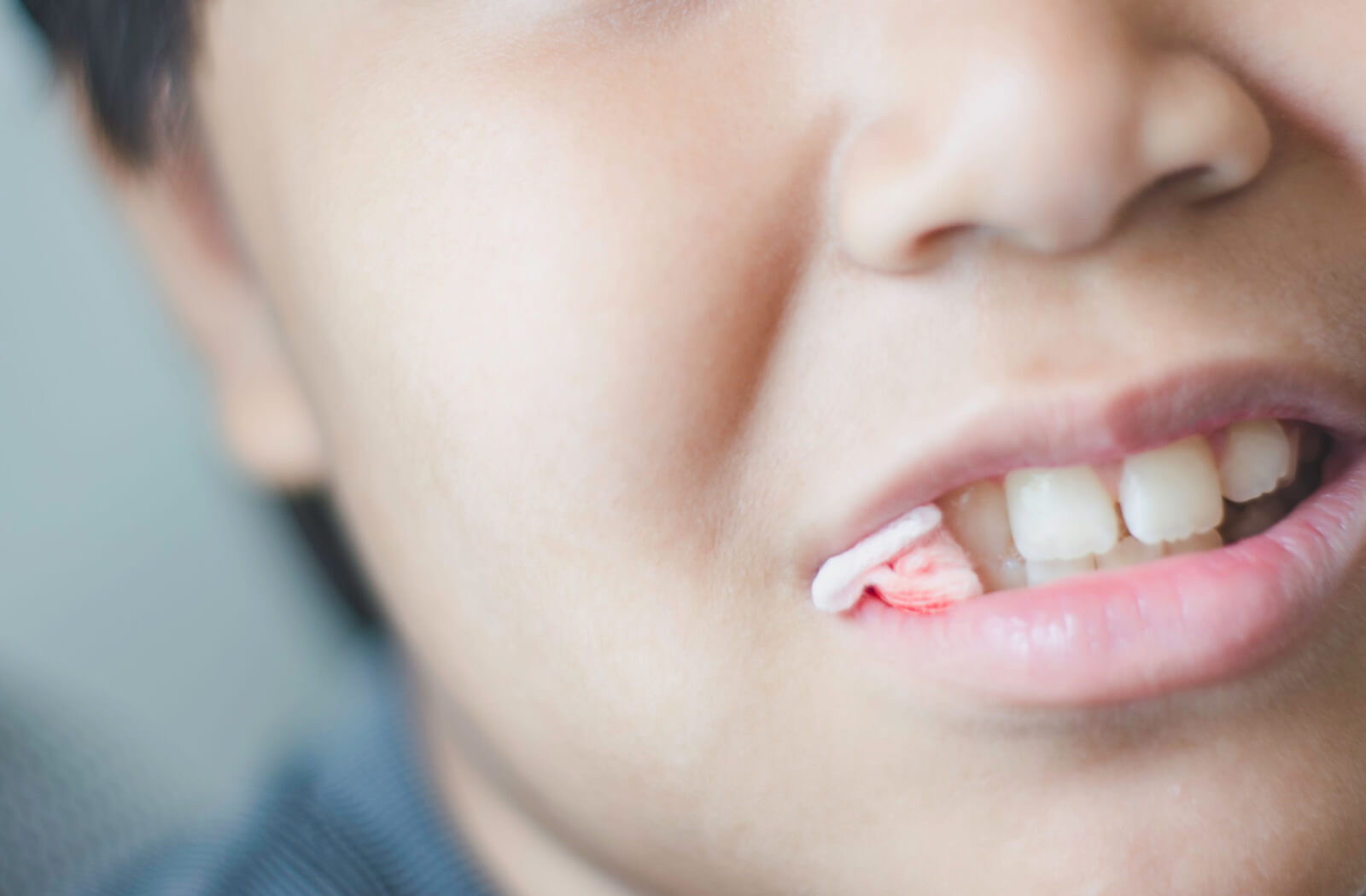Recognizing a Crucial Sign: Essential Checks When Chest Isn’t Inflating During Rescue Breathing
In an emergency situation where someone is not breathing effectively, performing CPR (Cardiopulmonary Resuscitation) can be lifesaving. Rescue breathing is a vital component of CPR, delivering oxygen to the patient’s lungs. However, encountering a scenario where the chest isn’t inflating during rescue breathing necessitates immediate action. This article explores the reasons why chest inflation might not occur and outlines crucial checks to perform to ensure effective ventilation.
Disclaimer: This article is for informational purposes only and should not be substituted for professional medical advice or training. In a life-or-death situation, call emergency services immediately. If you are interested in learning CPR, consider enrolling in a certified CPR course from reputable organizations like the American Red Cross or the American Heart Association.
The Breath of Life: Understanding the Importance of Chest Inflation During Rescue Breathing
During rescue breathing, you open the airway, create a seal with your mouth over the person’s mouth (or mouth and nose for infants), and deliver breaths. If the chest doesn’t rise with your initial breaths, it indicates ineffective ventilation, meaning air isn’t reaching the lungs. Here’s why chest inflation might not occur:
- Improper Seal: An airtight seal between your mouth and the patient’s mouth (or mouth and nose for infants) is critical. Air leaks can prevent the chest from rising adequately.
- Head Tilt/Chin Lift Maneuver Not Performed: The head-tilt/chin-lift maneuver helps open the airway and improve air passage. Skipping this step can obstruct the airway.
- Foreign Object Obstruction: A foreign object lodged in the airway can completely block airflow, preventing chest inflation.
- Vomiting: If the patient vomits, it’s crucial to clear the vomit to prevent aspiration (inhaling vomit into the lungs) and ensure proper ventilation.
The Golden Moments: Essential Checks When Chest Doesn’t Rise During Rescue Breathing
If you deliver two breaths during rescue breathing and the chest doesn’t rise, here are the crucial checks to perform immediately:
1. Reposition the Head and Check for Seal:
- Re-tilt the head and lift the chin: Ensure the head-tilt/chin-lift maneuver is performed correctly to open the airway.
- Check for a good seal: Make sure your mouth creates a tight seal around the patient’s mouth (or both mouth and nose for infants). Look for any visible air leaks around your mouth.
2. Perform a Quick Visual Check for Foreign Object Obstruction:
- Open the mouth: If possible, carefully open the mouth with your fingers and look for any visible foreign objects.
- Do not perform a blind finger sweep: Attempting to remove an unseen object can push it further into the airway.
3. If Choking is Suspected:
- Coughing is a good sign: If the patient is coughing forcefully, allow them to cough as it might help dislodge the object.
- For infants less than one year old: Deliver two forceful back blows followed by two chest thrusts.
- For children and adults: Perform the Heimlich maneuver.
4. Resume Rescue Breathing Attempts:
- After performing the checks and clearing any foreign objects (if present), try delivering two more rescue breaths while maintaining a proper seal and head tilt/chin lift.
- If the chest still doesn’t rise after two breaths with proper technique and a cleared airway, call emergency services immediately.
Remember: Every second counts in a life-or-death situation. Prioritize calling emergency services while performing these checks and rescue breathing attempts.
Beyond the Basics: Additional Considerations During Rescue Breathing
- Universal Precautions: Wear gloves if available to protect yourself from bodily fluids.
- Minimize Interruptions: Limit checking for a pulse to brief moments to prioritize chest inflation during rescue breathing.
- Continue CPR Cycles: If you are trained in CPR, continue cycles of chest compressions and rescue breaths until help arrives.
Frequently Asked Questions: Clarifying Chest Inflation During Rescue Breathing
Q: What if the chest rises slightly, but not fully, during rescue breathing?
A: If the chest rises somewhat but not completely, continue delivering rescue breaths while ensuring a proper seal and head tilt/chin lift. If possible, seek medical attention after emergency services arrive.
Q: I’m uncomfortable performing mouth-to-mouth rescue breathing. Are there alternatives?
A: If you are not comfortable with mouth-to-mouth resuscitation, consider using a barrier device, such as a face shield or a mouth guard, if available. You can also perform chest compressions only until help arrives.




